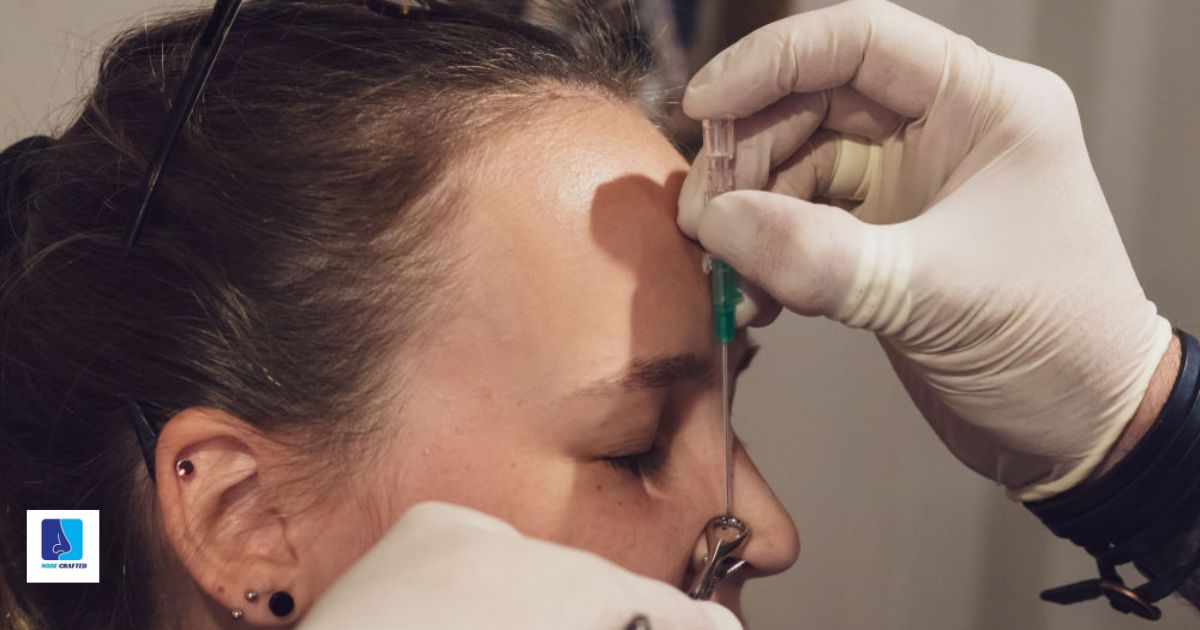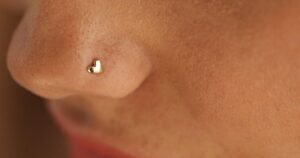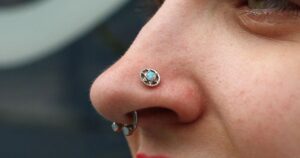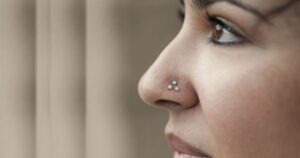Piercing healing is the process by which a puncture wound made during a piercing procedure closes and the surrounding tissue recovers. It involves the body’s natural response to injury, including inflammation, cell regeneration, and tissue repair. Proper aftercare, including cleaning and avoiding irritation, is crucial for successful healing. Healing times vary depending on the location and type of piercing.
Discover the secrets to optimal piercing healing and aftercare in “The Ultimate Piercing Healing And Aftercare Guide.” From expert tips on cleaning routines to insights into the body’s natural healing process, this comprehensive resource empowers you to ensure your piercing heals flawlessly.
The Ultimate Piercing Healing And Aftercare Guide is your go-to resource for expert advice on ensuring your piercing heals smoothly and stays healthy. With practical tips on cleaning routines, understanding the body’s healing process, and avoiding common pitfalls, this guide empowers you to take charge of your piercing journey with confidence.
What are the healing times?

Healing times for piercings vary depending on factors like the type of piercing and individual body chemistry. Generally, earlobe piercings heal the quickest, typically taking about 6 to 8 weeks to fully heal. Cartilage piercings, such as those in the helix or tragus, can take longer, often around 4 to 12 months. Facial piercings, like nose or eyebrow piercings, may also require several months to a year to heal completely. It’s important to follow proper aftercare instructions and be patient during the healing process to avoid complications and promote optimal healing.
Additionally, oral piercings, such as tongue or lip piercings, can have longer healing times due to constant movement and exposure to bacteria in the mouth. These piercings may take anywhere from 4 to 8 weeks for initial healing, but complete healing can take up to 6 months to a year. Proper oral hygiene and avoiding irritants like alcohol and spicy foods can help promote healing and reduce the risk of infection. Always consult with a professional piercer or healthcare provider if you have concerns about the healing process or experience any unusual symptoms.
Expect to have, and learn from, your own healing journey
Expect to embark on a personal healing journey, unique to your experience and body. Each step, from the initial piercing to the final healing stages, offers valuable lessons and insights. Embrace the process with patience and curiosity, recognizing that your body has its own pace and needs.
Through your healing journey, you’ll develop a deeper understanding of your body’s resilience and capacity for renewal. Embrace the opportunity to learn about proper aftercare, listen to your body’s signals, and cultivate a sense of self-awareness. Ultimately, your healing journey is not just about the physical recovery of your piercing but also about nurturing a positive relationship with your body and its natural processes.
How to take care of a fresh piercing?
Taking care of a fresh piercing is crucial for ensuring proper healing and preventing infections. Firstly, always clean the piercing area with a saline solution or mild soap and water twice a day to remove any buildup of crust or discharge. Avoid touching the piercing with dirty hands to prevent introducing bacteria. Additionally, avoid swimming in pools, lakes, or oceans until the piercing is fully healed to prevent contamination.
Furthermore, be gentle with your piercing and avoid sleeping on it or wearing tight clothing that could irritate it. If you experience any signs of infection such as excessive swelling, redness, or pus discharge, consult a professional piercer or healthcare provider immediately. By following these simple steps and being attentive to your body’s signals, you can ensure your fresh piercing heals smoothly and without complications.
Downsizing your labret post or your ring
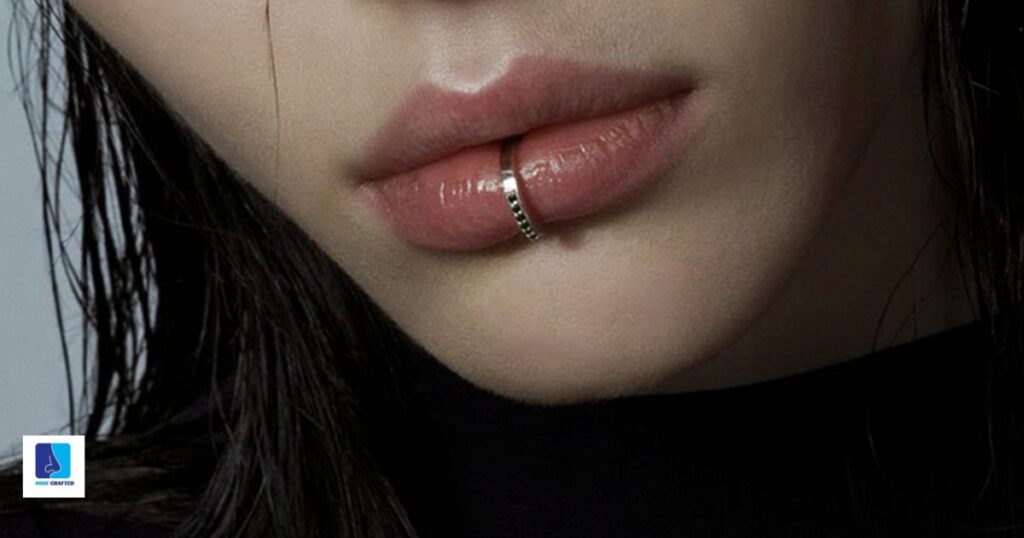
Certainly! Here’s the revised paragraph with the added anchor text:
“Downsizing your labret post or ring is a crucial step in the piercing healing process. As the initial swelling subsides and your piercing settles, switching to a shorter post or smaller ring helps prevent irritation and promotes proper healing. This adjustment ensures a comfortable fit and reduces the risk of snagging or catching on clothing or other objects. Is Rejecting A Piercing?”
Consult with your piercer to determine the right time for downsizing, typically around 4-8 weeks after the initial piercing. They will assess the healing progress and recommend the appropriate size for your new jewelry. Remember, proper aftercare continues even after downsizing, so maintain your cleaning routine and avoid unnecessary trauma to your piercing site.
The DON’TS
The “DON’TS” are a collection of essential guidelines aimed at preventing mistakes and promoting safety in various aspects of life. Whether it’s navigating the world of personal relationships, embarking on a new adventure, or simply living day-to-day, understanding what to avoid can be just as important as knowing what to do. By heeding these cautionary principles, individuals can steer clear of potential pitfalls, minimize risks, and enhance their overall well-being.
From avoiding harmful habits to sidestepping risky behaviors, the “DON’TS” serve as invaluable reminders to exercise caution and make informed decisions. By recognizing and respecting these boundaries, individuals can safeguard their health, protect their interests, and cultivate a more fulfilling existence. So, embrace the power of “DON’TS” as a guiding light on your journey through life, helping you navigate confidently and stay on the path to success and happiness
Moving, touching or spinning your new piercing
Moving, touching, or spinning your new piercing can disrupt the delicate healing process and increase the risk of infection. Even a slight disturbance can cause irritation, swelling, and prolonged healing time. It’s essential to resist the temptation to fiddle with your piercing and instead allow it to heal naturally by following proper aftercare instructions and avoiding unnecessary manipulation.
Sleeping on your piercing or wearing headphones, hats or clothing that put pressure on your piercing
Sleeping on your piercing or wearing headphones, hats, or clothing that put pressure on your piercing can hinder the healing process and increase the risk of complications. The pressure from these objects can irritate the piercing site, leading to inflammation, discomfort, and even delayed healing. It’s essential to avoid putting direct pressure on the piercing to allow it to heal properly.
To protect your piercing while sleeping or wearing accessories, consider using a travel pillow or specialized piercing pillow to avoid direct contact. Opt for loose-fitting clothing and avoid wearing hats or headphones that press against the piercing site. By taking these precautions, you can promote faster healing and reduce the likelihood of complications, allowing you to enjoy your new piercing safely and comfortably.
Over or vigorously cleaning your new piercing
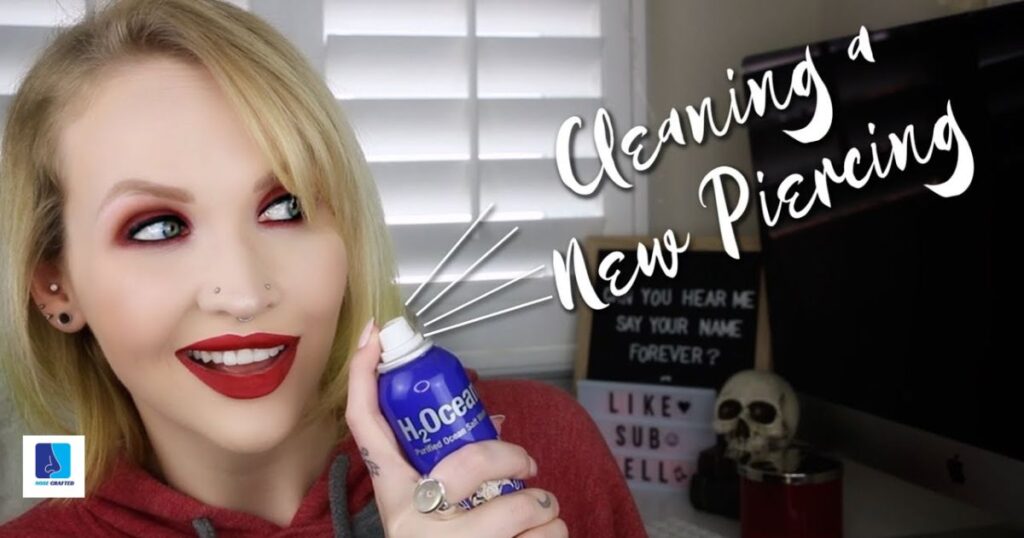
Over or vigorously cleaning your new piercing can actually hinder the healing process. While it’s important to keep your piercing clean to prevent infection, excessive cleaning can irritate the area and delay healing. Stick to gentle cleaning routines recommended by your piercer or healthcare professional to maintain cleanliness without causing harm.
Remember, less is often more when it comes to piercing aftercare. Clean your piercing no more than twice a day with a saline solution or mild soap, and avoid harsh chemicals or excessive scrubbing. Trust in the body’s natural healing process and give your piercing the time and space it needs to heal properly.
Submerging your piercing in pools, lakes and other bodies of water
Submerging your piercing in pools, lakes, and other bodies of water can introduce harmful bacteria and irritants, potentially leading to infection or irritation. Water bodies, especially those with high levels of chlorine or bacteria, pose a significant risk to the healing process of your piercing. Even in natural bodies of water like lakes or rivers, exposure to bacteria and contaminants can hinder the healing progress and increase the risk of complications.
To safeguard your piercing’s healing process, it’s crucial to avoid submerging it in water during the initial healing period. Opt for gentle cleaning methods recommended by your piercer and keep your piercing dry to promote proper healing. If you’re eager to enjoy water activities, consider covering your piercing with a waterproof bandage or barrier to protect it from exposure.
Using non-recommended aftercare or home-made remedies
Using non-recommended aftercare or homemade remedies for piercing care can lead to complications and slow down the healing process. These remedies may not be sterile or formulated for wound care, increasing the risk of infection. Additionally, they might contain ingredients that irritate the piercing site or interfere with the body’s natural healing mechanisms.
It’s essential to follow the advice of professional piercers and use only recommended aftercare products specifically designed for piercings. These products are sterile, gentle on the skin, and formulated to promote healing without causing harm. Avoid the temptation to experiment with homemade solutions, as they can do more harm than good and prolong the healing time of your piercing.
Chemicals or cosmetics on the piercing site
It’s crucial to avoid applying chemicals or cosmetics directly onto a fresh piercing site. These substances can irritate the delicate skin and interfere with the healing process, leading to complications such as infection or prolonged healing times. Instead, opt for gentle, non-toxic cleaning solutions recommended by your piercer to keep the area clean and free from bacteria.
Allow your piercing to breathe and heal naturally without any interference from potentially harmful chemicals or cosmetics. Keeping the area clean and free from irritants is essential for promoting optimal healing and ensuring your piercing looks and feels its best in the long run.
Oral contact with piercings
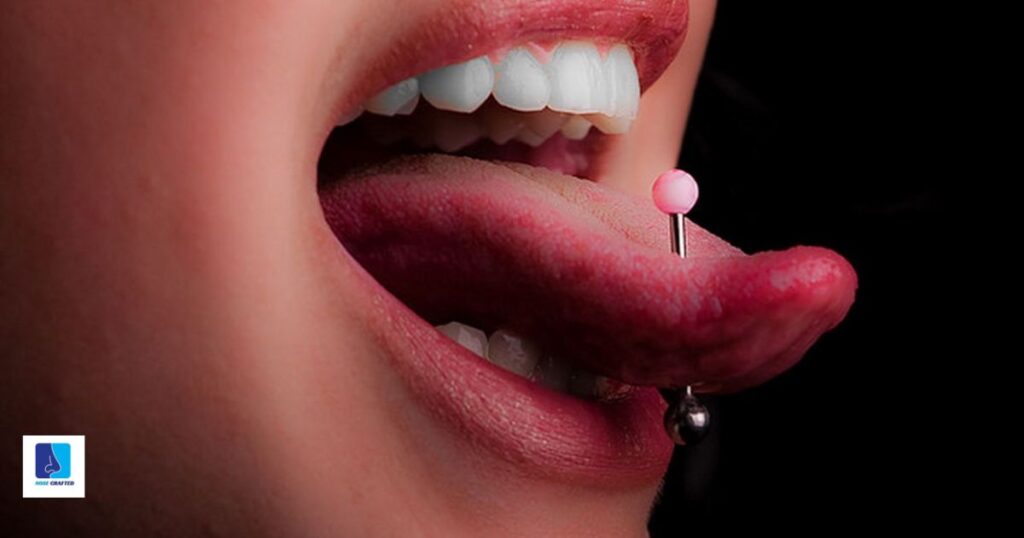
Oral contact with piercings refers to any interaction between the mouth and a piercing, such as kissing, oral sex, or playing with the piercing using the tongue or lips. While some may find oral contact with piercings pleasurable, it’s essential to consider potential risks. Bacteria present in the mouth can easily transfer to the piercing site, increasing the risk of infection. Additionally, excessive movement or friction from oral activities can irritate the piercing and prolong the healing process.
To minimize the risk of complications, it’s crucial to practice good oral hygiene and communicate with partners about the presence of piercings. Using barrier methods like condoms or dental dams during oral sex can provide added protection. Ultimately, being mindful of oral contact with piercings can help ensure a safe and comfortable healing process.
Changing your Jewelry too soon
Changing your jewelry too soon after getting a piercing can disrupt the healing process and increase the risk of complications. It’s crucial to follow the recommended healing time provided by your piercer, typically ranging from several weeks to months depending on the piercing type. Prematurely changing jewelry can introduce bacteria, cause irritation, and even lead to infection, delaying the healing progress and potentially causing long-term damage.
Patience is key when it comes to changing your jewelry after a piercing. Rushing the process can jeopardize the outcome and result in discomfort or setbacks. Always consult with your piercer before making any changes to ensure your piercing heals properly and stays healthy in the long run.
Wearing non-implant-grade materials
Wearing non-implant-grade materials for body piercings can pose serious risks to your health. These materials, such as nickel or brass, can cause allergic reactions, infections, and even lead to long-term complications like metal toxicity. It’s crucial to opt for implant-grade materials like titanium, niobium, or surgical stainless steel, which are biocompatible and less likely to trigger adverse reactions.
Choosing the right materials for your piercings not only promotes healing but also ensures your safety and comfort in the long run. Implant-grade materials are specifically designed to minimize the risk of complications, allowing your piercing to heal properly and reducing the chances of irritation or allergic reactions. Prioritizing quality materials is an essential step in maintaining the health and longevity of your piercings.
Conclusion
In conclusion, the importance of wearing implant-grade materials for body piercings cannot be overstated. Opting for high-quality materials like titanium or surgical stainless steel significantly reduces the risk of complications and promotes faster healing. By prioritizing your health and safety, you ensure a more comfortable and enjoyable piercing experience.
Remember, your choice of materials directly impacts the success of your piercing journey. Investing in implant-grade materials is an investment in your well-being, providing peace of mind and allowing you to fully enjoy your new piercing without worrying about potential issues. So, next time you’re considering a new piercing or changing out jewelry, always choose implant-grade materials for the best results.
